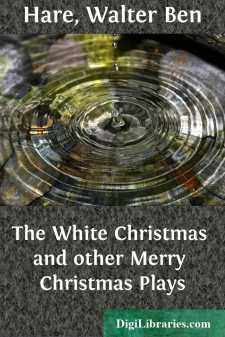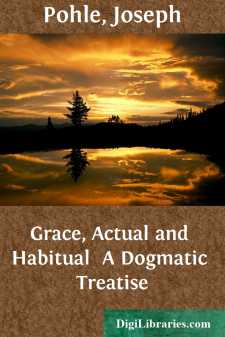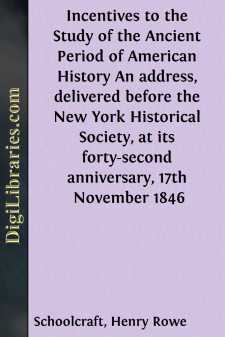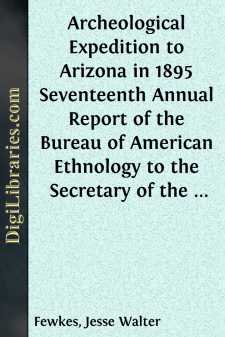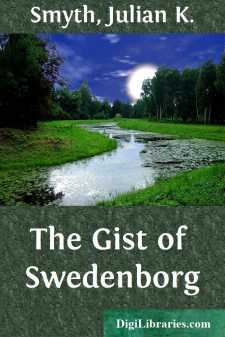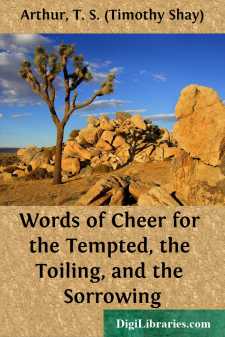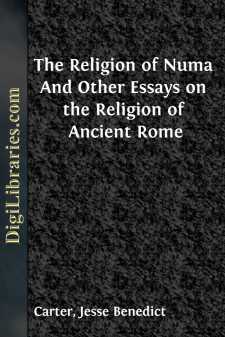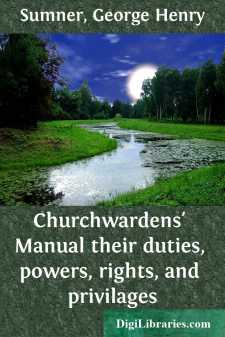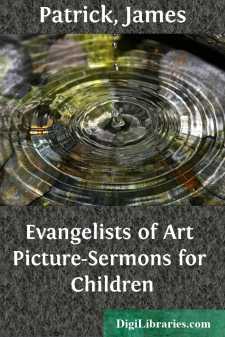Religion
- Agnosticism 2
- Antiquities & Archaeology 21
- Atheism 12
- Biblical Criticism & Interpretation 15
- Biblical Meditations 3
- Biblical Reference 1
- Biblical Studies 11
- Buddhism 8
- Christian Church 52
- Christian Education 5
- Christian Life 26
- Christianity 60
- Cults 2
- Devotional 6
- Eastern 2
- Education 4
- Eschatology 1
- Ethics 3
- General 60
- Gnosticism 1
- Hinduism 15
- History 28
- Holidays 10
- Inspirational 1
- Islam 8
- Judaism 3
- Leadership 1
- Meditations 3
- Monasticism 1
- Mysticism 11
- Philosophy 4
- Prayer 26
- Prayerbooks 5
- Religion & Science 12
- Sermons 54
- Spirituality 53
- Theism 2
- Theology 17
- Theosophy 15
Religion Books
Sort by:
by:
Walter Ben Hare
FOREWORD N these little plays I have tried to bring before the public the two dominant characteristics of the ideal Christmas season, kindness, expressed by "good will toward men," and the inward joy wrought by kind acts, and suggested by "peace on earth." As Yuletide draws near we like to think of the swell of Christmas feeling, kindness, peace and good will, that rises like a mighty...
more...
by:
Joseph Pohle
Chapter I. The Nature Of Actual Grace Section 1. Definition Of Actual Grace 1. GENERAL NOTION OF GRACE.—The best way to arrive at a correct definition of actual grace is by the synthetic method. We therefore begin with the general notion of grace. Like “nature,”(3) grace (gratia, χá½±ρις) is a word of wide reach, used in a great variety of senses. Habert(4) enumerates no less than...
more...
AN ADDRESS. To narrow the boundaries of historical mystery, which obscures the early period of the American continent, is believed to be an object of noble attainment. Can it be asserted, on the ground of accurate inquiry, that man had not set his feet upon this continent, and fabricated objects of art, long anterior to the utmost periods of the monarchies of ancient Mexico and Peru? Were there not...
more...
INTRODUCTORY NOTE About the close of May, 1895, I was invited to make a collection of objects for the National Museum, illustrating the archeology of the Southwest, especially that phase of pueblo life pertaining to the so-called cliff houses. I was specially urged to make as large a collection as possible, and the choice of locality was generously left to my discretion. Leaving Washington on the 25th...
more...
by:
Julian K. Smyth
ONE AND INFINITE God is One, and Infinite. The true quality of the Infinite does not appear; for the human mind, however highly analytical and exalted, is itself finite, and the finiteness in it cannot be laid aside. It is not fitted, therefore, to see the Infinity of God, and thus God, as He is in Himself, but can see God from behind in shadow; as it is said of Moses, when he asked to see God, that he...
more...
by:
Michael Muller
INTRODUCTORY. American fellow-citizens—America is my home! I have no other country. After my God and my religion, my country is the dearest object of my life! I love my country as dearly as any one else can. It is this love that makes my heart bleed when I call to mind the actual state of society in our country, and the principles that prevail everywhere. It is indeed but too true that we live in a...
more...
AUNT MARY. A LADY sat alone in her own apartment one clear evening, when the silver stars were out, and the moon shone pure as the spirit of peace upon the rebellious earth. How lovely was every outward thing! How beautiful is God's creation! The window curtains were drawn close, and the only light in the cheerful room, was given by a night-lamp that was burning on the mantel-piece. The occupant,...
more...
THE RELIGION OF NUMA Rome forms no exception to the general rule that nations, like individuals, grow by contact with the outside world. In the middle of the five centuries of her republic came the Punic wars and the intimate association with Greece which made the last half of her history as a republic so different from the first half; and in the kingdom, which preceded the republic, there was a...
more...
The Duties of Churchwardens. I am so constantly asked in the course of my inspection of the Churches in the Archdeaconry of Winchester what are the duties and responsibilities of Churchwardens, that I have thought it might be useful to publish the following remarks, which were in substance delivered in my charge to the Clergy and Churchwardens of the Archdeaconry of Winchester in the Spring of 1889. ...
more...
by:
James Patrick
CHRIST IN THE TEMPLE How is it that ye sought Me? Wist ye not that I must be in My Father's house?—LUKE ii. 49 (Revised Version). The Bible story from which the text is taken has been illustrated by a famous picture. The artist is Mr. Holman Hunt, who has painted many pictures on Bible subjects, and has spent many years in Palestine in connection with his work. His painting of "The Finding...
more...


